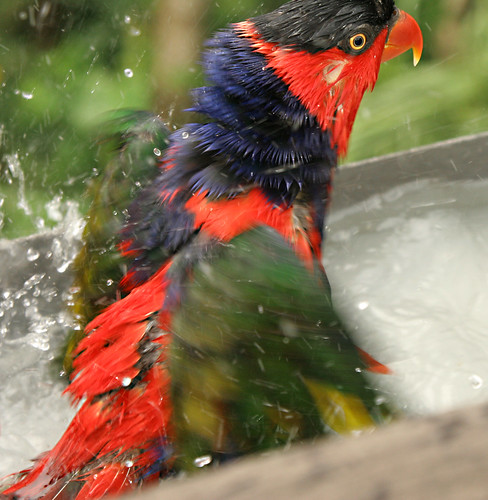June 8, 2008-June 14, 2008
 Scientifically known as Moringa oleifera, malunggay is a commonly cultivated vegetable tree with a number of medical, nutritional and economic uses. It grows chiefly in semiarid and tropical regions such as Africa, Sri Lanka, Middle East, South and Central America, Mexico, the Philippines, India and the foothills of the Himalayas. It can also grow in coastal areas wherein soil is of poor quality. Additionally, it is a fast-growing and drought-resistant tree.
Scientifically known as Moringa oleifera, malunggay is a commonly cultivated vegetable tree with a number of medical, nutritional and economic uses. It grows chiefly in semiarid and tropical regions such as Africa, Sri Lanka, Middle East, South and Central America, Mexico, the Philippines, India and the foothills of the Himalayas. It can also grow in coastal areas wherein soil is of poor quality. Additionally, it is a fast-growing and drought-resistant tree.
Moringa is highly regarded in some parts of the world as a very useful plant. Almost all of its parts have certain beneficial properties. The leaves of moringa, is commonly used in cooking or as food for livestock. According to the Bureau of Plant Industry of the Philippine government, weight per weight, moringa's leaves have calcium equivalent to four glasses of milk, vitamin C equaling seven oranges, potassium of three bananas, thrice the iron of spinach, four times the vitamin A in carrots and twice the protein in milk. On the other hand, its immature green pods (also called “drumsticks”), seeds and flowers are also cooked and consumed. The roots are then used as a condiment yet, it is being discouraged by nutritionists for it contains spirochin, a potentially fatal alkaloid that paralyzes the nerves.
Aside from culinary purposes, moringa is also well-recognized medically. In
Commercially, moringa is a raw material for producing the so-called ben oil. This oil can be used in cooking, cosmetics and lubrication. Various parts of moringa are also used as a fertilizer or flocculent for water purification or desalination of ocean saltwater. It is then recently discovered that moringa can become an alternative fuel source for it can be produced as a bio-fuel.
The propagation of moringa is encouraged by a number of countries to solve the problems of malnutrition and food scarcity.
Top 3 Moringa (Malunggay) Snapshots



























